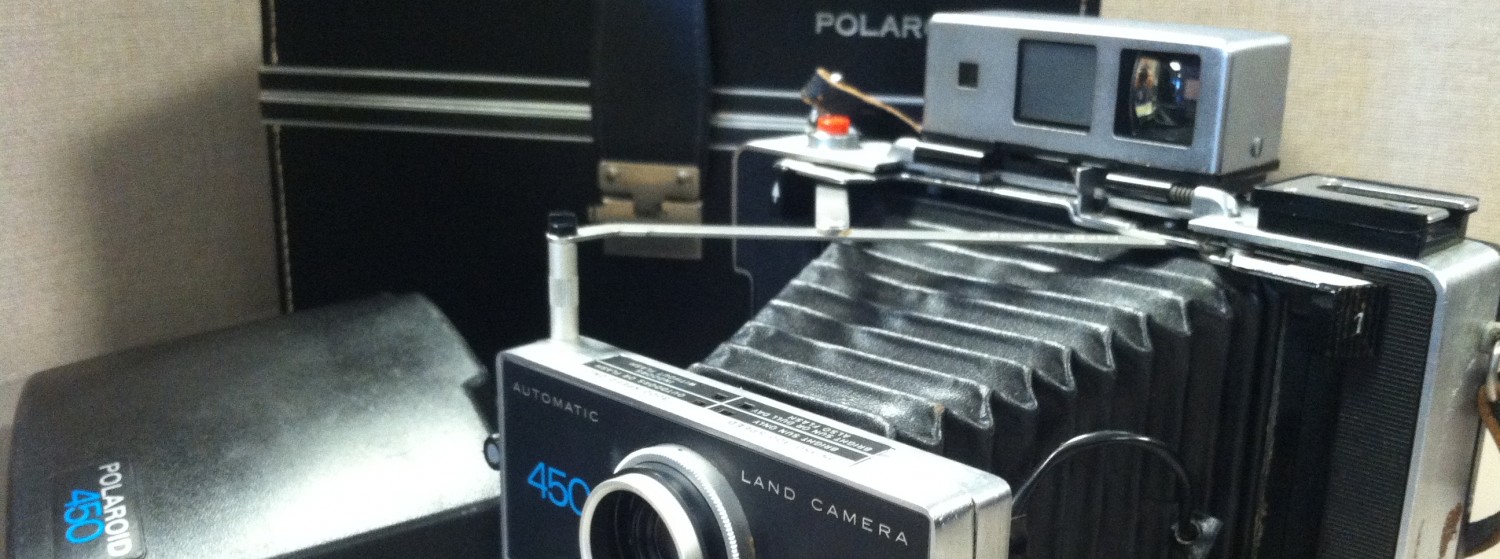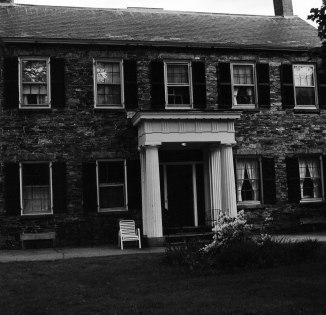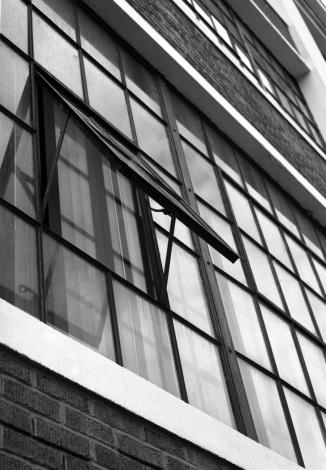“The Lowell Canal system evolved steadily from 1821, when the Boston Associates purchased the old Pawtucket transportation canal in East Chelmsford (which later became Lowell). They initially used the Pawtucket as a feeder canal to channel water into new power canals. Just above Swamp Locks, the Merrimack, Western, and Hamilton canals branched off, taking water to the Merrimack, Lowell, Tremont, Suffolk, Lawrence, Hamilton, and Appleton mills. Only the Merrimack Company used the full 30-foot drop of water; for other mills the drop was 13 or 17 feet.
In 1847 the construction of the Northern Canal increased waterpower generation by the canal system by 50 percent. By mid-century the canal system we see in Lowell today was in place. Including almost 6 miles of canals and operating on two levels, this system powered 10 major mill complexes employing more than 10,000 workers.”
-Lowell National Historical Park Handbook 140

Building along side the canal, at the end of Dutton Street, dated 1848.
I remember the light on this day as beautiful, yet challenging to meter. I would take multiple readings, and have the needle on the Luna Pro F be all over the place. Sometimes, caution has to be thrown to the wind. I do know this, that if I had the time and the patience to truly learn and master the Zone System, maybe I would get shots I love, or, maybe I would lose shots I may otherwise not get if the time was spent trying to master the meter readings, and exposure. Maybe this comes out of that digital mind set, where reliance on a pretty accurate metering system is today, commonplace. It might be a fun project someday to learn Zone, and do an A-B comparison, with a great light meter, such as the one in the Nikon F3, goes side by side with Zone. But, very happy with these results in the canals of Lowell.

Looking down the canal.
Why do I love this area? Aside from growing up near it, it takes me to another era, and conjures up images of Jack Kerouac, Wang Laboratories, and some of the legendary sights that seem almost frozen in time. I love this area. It also lends itself beautifully to B&W, and, reflections.

View towards Dutton Street, off of the canal path. The 1848 canal building is in the background.
The city has been cleaned up, undergone a transformation, and is a beautiful mix of old and new. What’s there not to love?



























